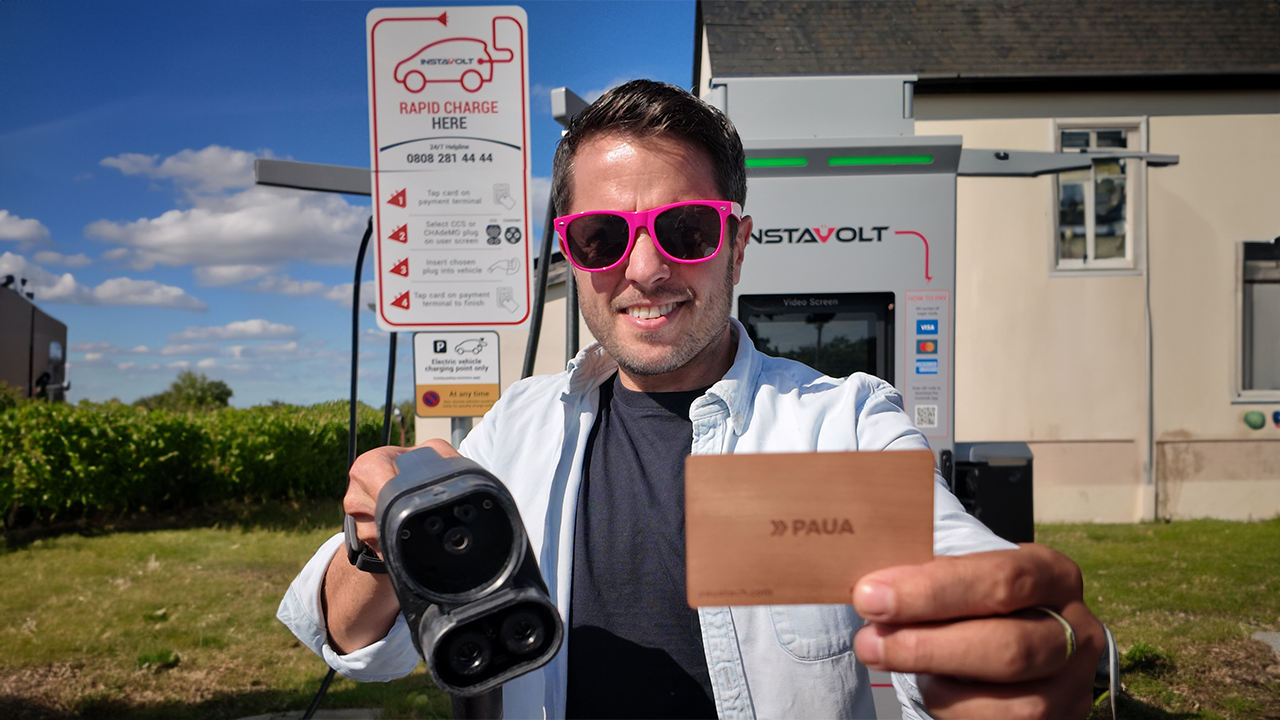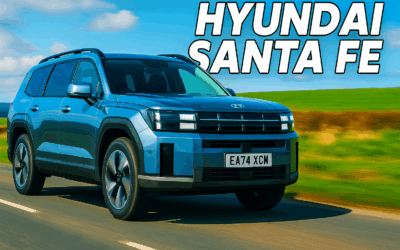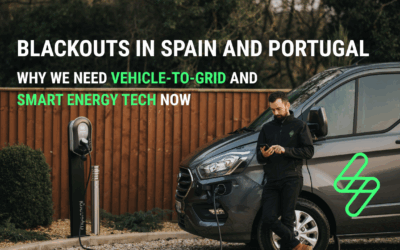Switching to an electric vehicle is exciting, but if you’re new to the EV world, figuring out public charging can feel a little daunting. The good news? Charging on the go is getting easier, and with the right tools—like Paua—you can access chargers across multiple networks with just one card and app. Let’s dive into everything you need to know about public charging to make your transition as smooth as possible!
Understanding Public Charging Networks
One of the biggest hurdles new EV drivers face is navigating the fragmented landscape of charging networks. Each network may require its own membership, app, or RFID card, which can be frustrating when you’re trying to charge on the go.
Here’s where Paua comes in:
• Multi-network access with one card and app, eliminating the need for multiple memberships.
• User-friendly app for finding available chargers within different networks.
• Transparent pricing, so you know what to expect before plugging in.
With Paua, EV drivers gain access to hundreds of charging points across the UK, streamlining the process and giving you more options wherever you are.
Tip: For extra convenience, try pairing Paua with Zapmap. Zapmap’s app helps you find chargers across the country, giving you a complete map of all public chargers and their network affiliations.
Types of Public Chargers: Which One Should You Use?
Public EV chargers come in different types, and each serves a unique purpose. Understanding which charger to use can save you time and make charging more efficient.
Types of chargers you’ll commonly find:
• Slow chargers (3-7 kW): Ideal for overnight or extended charging but not ideal for short stops.
• Fast chargers (7-22 kW): Good for a few hours, often found in car parks or retail centres.
• Rapid & Ultra Rapid chargers (50 kW+): The fastest option, great for quick top-ups on long trips.
How Paua helps:
Using Paua’s app, you can locate chargers by type and network, allowing you to plan your charging stops according to your time needs and battery level.
Pro Tip: For additional charger options, use Zapmap to compare nearby chargers and find the most convenient one based on speed, availability, and cost.
The Cost of Public Charging: What to Expect
One of the most common questions about EVs is, “How much does it cost to charge publicly?” Public charging rates can vary based on the charger’s speed, location, and network. Understanding these variations can help you budget effectively and avoid surprises.
Here’s a quick rundown of typical pricing models:
• Per kWh: You pay for the energy you use, similar to how you pay for gas by the gallon.
• Per minute: Some networks charge by time, especially with rapid chargers.
• Flat fees: Certain stations may charge a fixed fee regardless of time or kWh used.
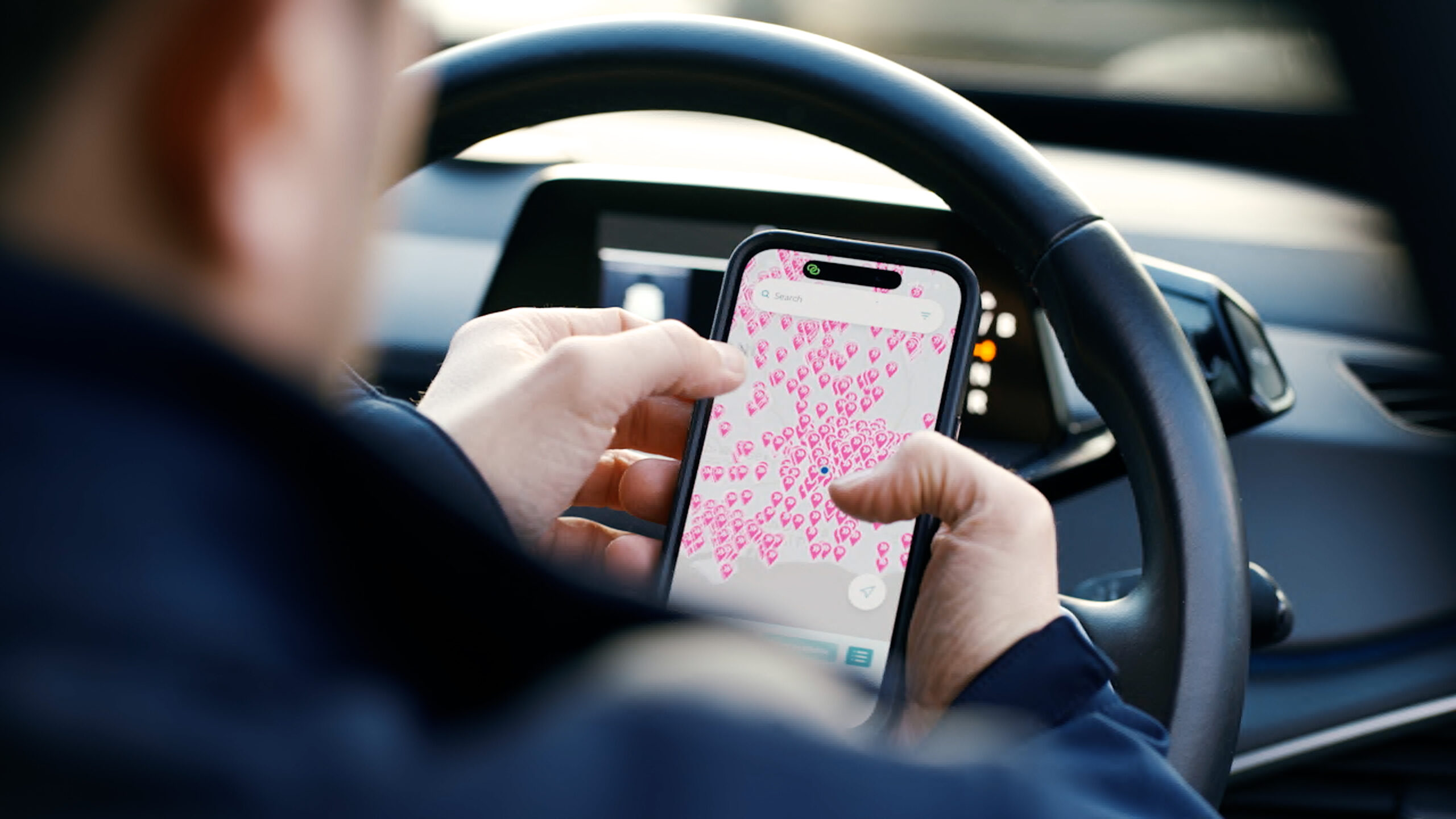
Why Paua’s transparent pricing helps:
Paua makes it easy to see pricing details upfront across multiple networks, so you know exactly what you’ll be paying. By using Paua, you can avoid the unpredictability of prices across different networks and stay within budget on the road.
Accessing Charging Stations: Paua’s Multi-Network Solution
Accessing public chargers often involves juggling multiple apps, cards, and memberships, which can be a hassle, especially when you’re in a rush.
Here’s how Paua simplifies public charging access:
• One app and one card for multiple networks, eliminating the need for separate accounts or apps for each network.
• Real-time charger availability within the app, so you’re not wasting time searching for an open spot.
• Network details directly in the app, allowing you to pick the charger that’s right for you.
With Paua, charging on the go becomes straightforward—no more rifling through cards or hopping between apps to get started.
Charging Etiquette: Best Practices for a Smooth Experience
To keep public charging friendly for everyone, it’s important to follow some basic etiquette.
Here are a few tips for EV charging etiquette:
• Unplug and move on: Don’t hog the charger once your vehicle is topped up.
• Report issues: If a charger is broken, use Paua’s app or Zapmap to notify the network.
• Respect charging priority: If you’re at a rapid charger, prioritise quick top-ups and move on.
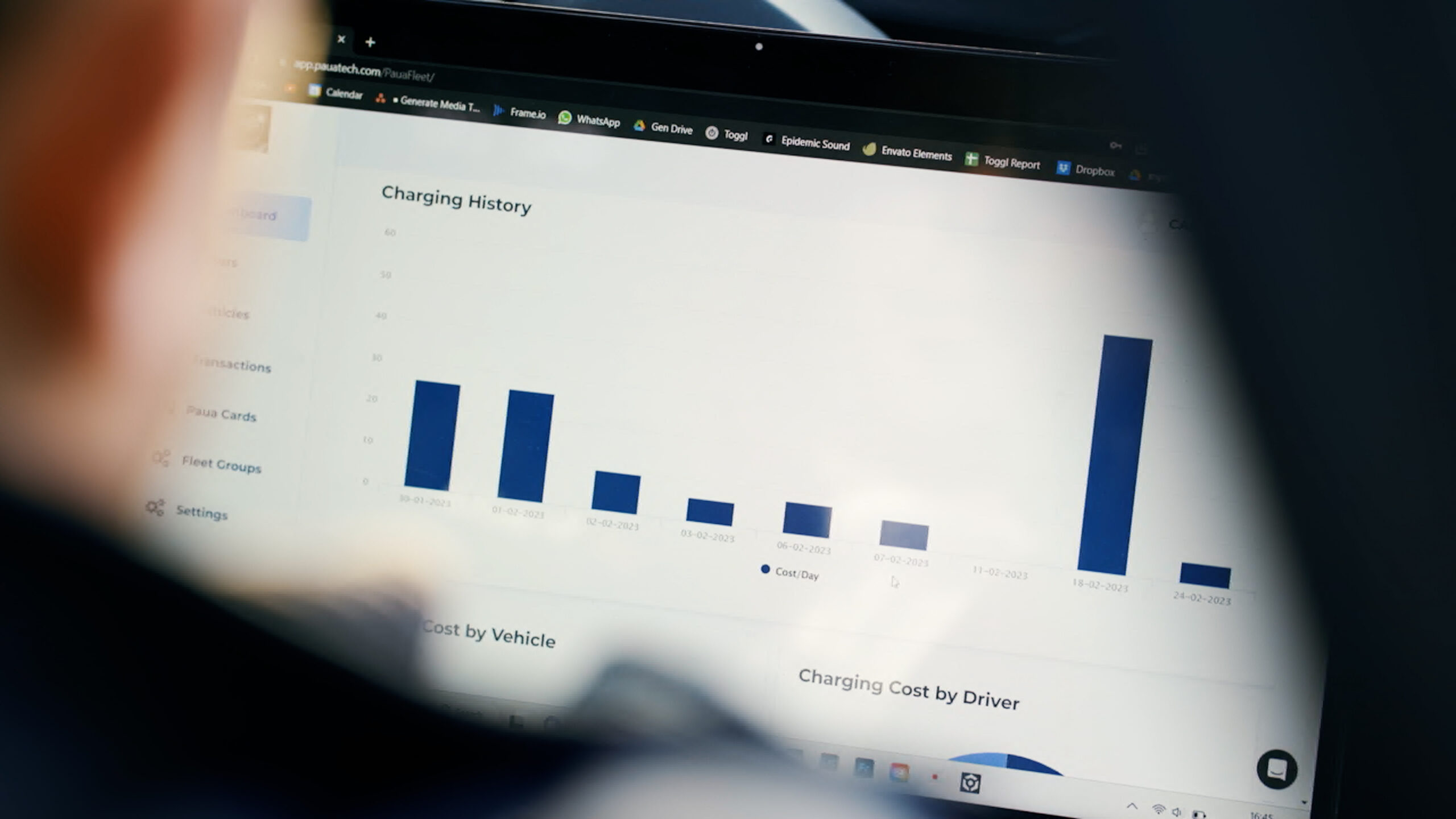
Planning a Route: Tools to Make It Easy
Whether you’re heading on a road trip or simply exploring a new area, it helps to plan your charging stops along the way. By knowing where chargers are located and which ones are available, you’ll be able to enjoy your journey worry-free.
How to plan your route with Paua:
• Use Paua’s app to locate chargers on your route and avoid range anxiety.
• Filter by network and charger type, so you can choose the one that best fits your needs.
• Combine with Zapmap for an even broader look at public chargers across all networks, ensuring you’re covered no matter where you go.
Bonus Tip: Planning to start your day with a full charge? For those with home charging access, myenergi’s zappi lets you charge overnight using off-peak electricity or green energy, giving you a cost-effective and eco-friendly start to the day.
Conclusion
Switching to an EV doesn’t have to mean stress when it comes to staying charged. With tools like Paua, public charging becomes a smooth, accessible process, even if you’re new to electric driving. Paua’s multi-network access, transparent pricing, and easy app functionality make it a trusted choice for simplifying the public charging experience.
Ready to get started? Try Paua on your next drive and see how easy public charging can be! And if you’ve got a tip or experience to share, drop it in the comments—we’d love to hear how you’re finding your way with EV charging.

